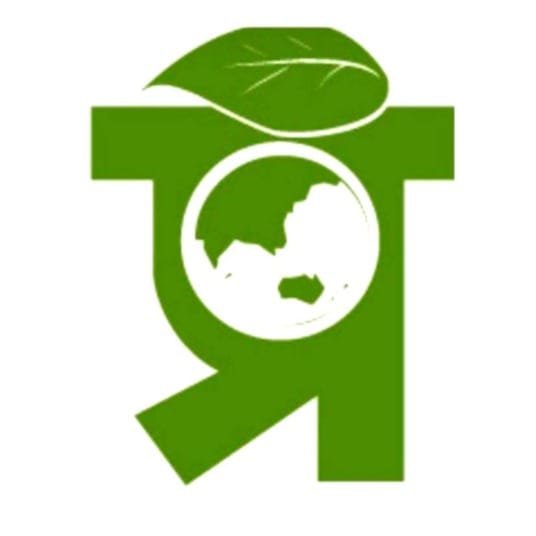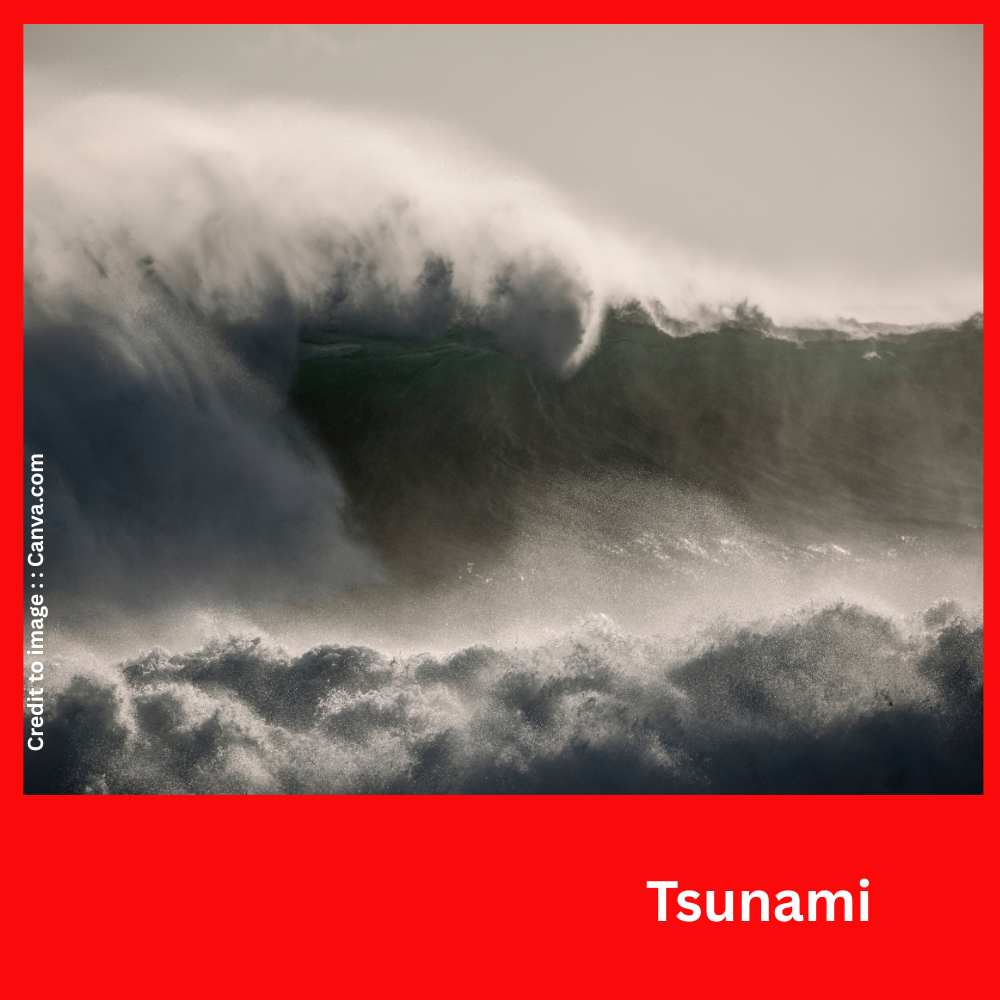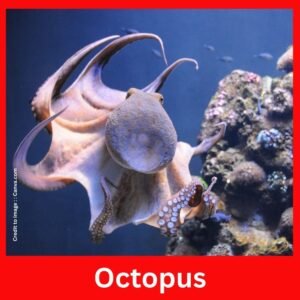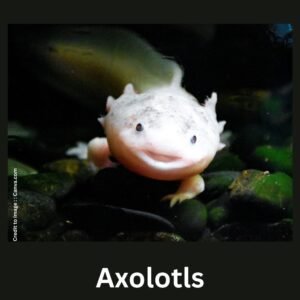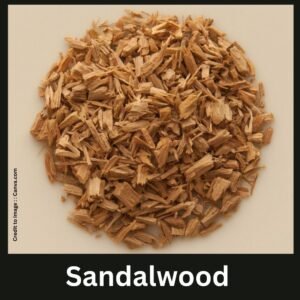Tsunamis and earthquakes are two of nature’s most powerful and destructive phenomena. Earthquakes occur due to tectonic movements beneath the Earth’s crust, and when these quakes happen under or near the ocean, they can trigger massive tsunamis. These natural disasters not only cause immense loss of life and infrastructure but also significantly impact economies and ecosystems. This article explores the science behind earthquakes and tsunamis, presents key global data from the past century, examines their interrelation, and highlights recent trends including unusual indicators like oarfish sightings.
Table of Contents : Tsunami and Earthquake
- Introduction
- What is an Earthquake?
- Causes of Earthquakes
- Earthquake Data Table – Major Quakes in the Last 10 Years
- What is a Tsunami?
- Relationship Between Earthquake and Tsunami
- 100 Years Tsunami Data Table
- Recent Earthquake Activity (Past 2 Months)
- Oarfish and Tsunami Connection
- Summary
- Conclusion
- References
1. Introduction : Tsunami and Earthquake
Disasters such as earthquakes and tsunamis have played a significant role in molding the Earth’s terrain and influencing its historical development. Despite scientific advances, predicting the precise timing of these events remains challenging. However, understanding their patterns and impacts helps in mitigation planning and public awareness.
2. What is an Earthquake?
An earthquake is the sudden shaking of the ground caused by the release of energy from the Earth’s lithosphere due to tectonic stress. The energy generated during an earthquake moves through the Earth’s layers as seismic waves. The strength of earthquakes is typically assessed using the Richter scale or the moment magnitude scale (Mw).
3. Causes of Earthquakes
- Tectonic Plate Movement – Major cause due to converging, diverging, or sliding plates.
- Volcanic Activity – Magma movement can trigger seismic activity.
- Human Activities – Mining, reservoir-induced seismicity (dams), and fracking.
- Fault Line Stress Accumulation – Sudden release of stress along faults.
4. Earthquake Data Table – Last 10 Years (Magnitude >7.0)
| Year | Country | Magnitude | Casualties | Economic Loss (USD) | Region |
| 2015 | Nepal | 7.8 | ~9,000 | $10 Billion | South Asia |
| 2016 | Ecuador | 7.8 | 676 | $3 Billion | South America |
| 2017 | Mexico | 8.1 | 98 | $2 Billion | North America |
| 2018 | Indonesia | 7.5 | 4,340 | $1.3 Billion | Southeast Asia |
| 2020 | Turkey | 7.0 | 114 | $1.1 Billion | Europe |
| 2021 | Haiti | 7.2 | 2,248 | $1.5 Billion | Caribbean |
| 2023 | Turkey-Syria | 7.8 | ~59,000 | $91 Billion | Middle East |
| 2023 | Morocco | 6.8 | ~2,900 | $11.7 Billion | North Africa |
| 2024 | Papua New Guinea | 7.0 | 10+ | Minimal | Oceania |
| 2024 | Japan | 7.6 | 48 | $5 Billion | East Asia |
Source: USGS, UNDRR, EM-DAT
5. What is a Tsunami?
A tsunami is a series of ocean waves caused by sudden displacement of water due to seismic activity, usually under the sea. Tsunamis travel at jet speed (up to 800 km/h) in deep ocean and grow in height as they approach the shore, causing massive destruction.
6. Relationship Between Earthquake and Tsunami
Most tsunamis are caused by undersea earthquakes. The vertical displacement of the ocean floor during a powerful earthquake transfers energy into the water, forming waves. For example, the 2004 Indian Ocean tsunami followed a 9.1 magnitude quake off the coast of Sumatra.
7. 100 Years Tsunami Data Table
| Year | Ocean / Region | Magnitude | Max Wave Height | Casualties | Economic Loss (USD) |
| 2004 | Indian Ocean | 9.1 | ~30 m | ~230,000 | $15 Billion |
| 2011 | Pacific (Japan) | 9.0 | ~40 m | ~20,000 | $360 Billion |
| 1960 | Pacific (Chile) | 9.5 | ~25 m | ~6,000 | $550 Million |
| 1952 | Kamchatka (Russia) | 9.0 | ~15 m | Few hundred | Unknown |
Sources: NOAA, Pacific Tsunami Warning Center, UNESCO IOC
8. Recent Earthquake Activity – Past 2 Months (Magnitude >6.0)
| Date | Country | Magnitude | Depth (km) | Casualties | Region |
| June 18, 2025 | Indonesia | 6.4 | 35 | 5+ | Sulawesi |
| July 2, 2025 | Philippines | 6.8 | 45 | Minor | Luzon |
| July 10, 2025 | Chile | 6.3 | 70 | None | Central Coast |
| July 21, 2025 | Japan | 6.9 | 50 | Under review | Honshu |
| July 25, 2025 | Alaska (USA) | 6.6 | 18 | None | North Pacific |
Sources: USGS, IRIS Seismic Monitor
9.Oarfish and Tsunami Connection
The oarfish, a deep-sea serpent-like fish, has gained attention due to reports of surfacing before seismic events. In Japanese folklore, oarfish are called “messengers from the sea god,” believed to signal upcoming disasters. While there’s no definitive scientific proof, several oarfish sightings preceded notable earthquakes in Japan, Indonesia, and the Philippines, prompting ongoing research into their behavior as potential bio-indicators.
Read More Tsunami Warning -Alerts 30 July 2025 :
Worldwide Tsunami Warning – Alerts: Twin Earthquakes Shake Russia and Andaman Region:
The Earth’s tectonic tension unfolded in two significant seismic events within 24 hours. While a massive 8.7 magnitude earthquake struck off Russia’s Kamchatka Peninsula prompting global tsunami warnings, another moderate 5.8 magnitude quake rocked the Andaman Sea—though with no tsunami threat.
These back-to-back tremors have once again reminded the world of the dynamic and often volatile nature of our planet’s crust, emphasizing the urgent need for public awareness, preparedness, and global seismic monitoring systems.
🌊 Russia’s Kamchatka Quake: A Wake-Up Call for the Pacific Rim
In the early hours of July 30 (local time), a powerful 8.7 magnitude undersea earthquake struck near the Kamchatka Peninsula in Russia’s Far East. According to the U.S. Geological Survey (USGS), the quake originated at a shallow depth of 19 kilometers, a common characteristic of tsunamigenic quakes. Read More
10. Summary
Earthquakes and tsunamis are deeply interlinked natural disasters with devastating impacts. Earthquakes result from tectonic movements, while tsunamis are often their oceanic consequence. Data from the last century reveals warning systems. Emerging theories, such as the behavior of marine species like the oarfish, open new avenues for predictive research.
11. Conclusion
Understanding the science and historical patterns of earthquakes and tsunamis is crucial for mitigating risk and protecting communities. Investment in early warning systems, coastal planning, and international cooperation can save lives and reduce economic loss. Nature often offers signals—we just need to learn how to listen.
12. References
- United States Geological Survey (USGS) – www.usgs.gov
- Pacific Tsunami Warning Center – www.tsunami.gov
- EM-DAT: The International Disaster Database – www.emdat.be
- National Oceanic and Atmospheric Administration (NOAA)
- Intergovernmental Oceanographic Commission (IOC-UNESCO)
- Seismological Research Letters (2024)
- Nature Journal on Marine Biology & Earthquake Indicators (2023)
PRAKRITI DARSHAN-NATURE AND ENVIRONMENT MAGAZINE
Prakriti Darshan is a leading Hindi-language magazine and digital platform dedicated to raising public awareness on vital issues related to nature, biodiversity, climate change, sustainable development, and environmental conservation. This magazine represents a unique blend of science, society, and sensitivity—offering a common platform for researchers, students, NGOs, policymakers, nature lovers, and conscious citizens alike.
With thought-provoking articles, inspiring stories, environmental research, impactful projects, and policy perspectives, Prakriti Darshan is a transformative journey toward a greener and more sustainable future.
Let us come together to protect and preserve our planet for generations to come. 🌿🌍
Join us in our mission to protect and celebrate the planet. 🌏💚
Click for more information
- Visit www.prakritidarshan.com for Free Magazine ,Free membership benefits ,offered price magazine @ Rs.1 or Rs.11 only and more ……
- 🎗️Sponsor Prakriti Darshan Magazine – Support our environment mission.
- 📚 Explore the Environment Magazine – Read our latest and past issues.
- ✍️ Read Editor’s Article or Blog – Insightful thoughts from our editorial desk.
- 🌱 Join Membership – Be part of India’s leading green community.
- 🤝 Become an NGO Impact Story Partner – Share your grassroots impact nationwide.
- 🏢 Become a Company Partner – Showcase your CSR, ESG, or sustainability work.
- 👤 Become an Individual Partner – Volunteer, write, and raise your green voice.
- 📢 Advertise with Us – Reach eco-conscious readers across India.
- Eco Trails Newsletter
- Donate for “Hari Ho Vashundhara & Har school Hariyali “ Plantation campaign Associated Partner NGO :GDSS NGO www.gdssngo.org
BALA DATT SHARMA,
MANAGING EDITOR ,
PRAKRITI DARSHAN-NATURE AND ENVIRONMENT MAGAZINE
- Drake Passage: The World’s Roughest Sea Route Between Atlantic and Pacific Oceans - August 22, 2025
- Top 10 Natural Parks in the USA: Biodiversity, Geography & Global Relevance - August 21, 2025
- Exploring the Best Natural Parks in USA: Biodiversity, Sustainable Tourism, and Role in SDGs - August 21, 2025

